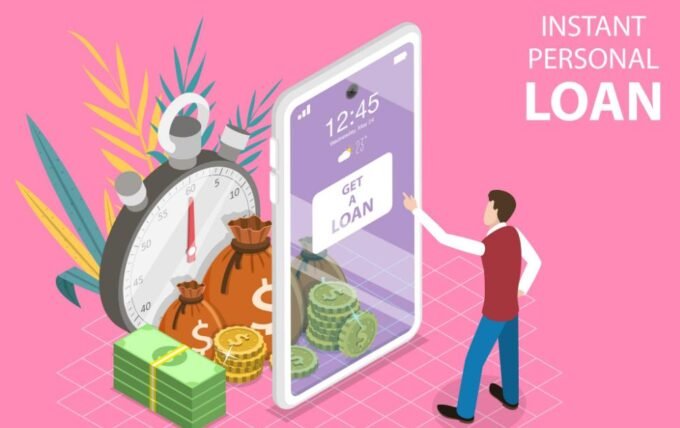Coming up with a business idea is easy. Coming up with a good business idea? That’s a challenge. Yet, perhaps an even bigger challenge is distinguishing the good ideas from the not-so-good ones.
It’s an empirical fact that most startups fail. In fact, studies have shown the more innovative your startup idea, the higher are its chances of failure. Two out of ten new businesses fail in the first year of operation, and six out of ten don’t reach their tenth anniversary. However, if you count only innovative startups, the number of failed new enterprises rises to 11 out of 12.
No matter who you are or how big you hope to grow your business, figuring out what product to build and what services to offer is a huge challenge.
Of course, you could rely on your gut. Sometimes that’s not a bad option, but making a good guess at what your company should do can just as often lead to failure. And, since the vast majority of businesses fail within five years of opening, why not take a few extra steps to discover if you really have a great idea before you risk your time and money following your hunch.
Here’s my guide to figuring out if your business idea is any good and if it’s worth moving to the next level.
It solves a problem
Your business idea doesn’t have to be funny to be successful. Many businesses find success by doing something very straight-forward: solving other people’s problems.
If your idea for a business solves a particular problem that only a select group of people need to be solved, or you see a problem that others don’t see. You know how to market the problem and the solution; you might be onto something big. If you have experienced a lack of something in your own life, you may have found a successful business niche.
If your business’s idea is to cater to a small segment of the population, you need to be sure that there are enough people out there to buy the goods or services you want to offer. But by tapping into specific demographic, prospective business owners can often find an untapped market for even the most out-of-the-ordinary ideas.
Talk to your potential customers.
Shockingly, talking to potential customers about your new business idea is the step that most entrepreneurs skip. Not talking to your potential customers raises your chances of failure substantially, so head out the door and start talking to people as soon as you can.
When you interview your potential customers, you’re trying to validate your key assumptions that you documented in your business pitch. Do they actually have the problem you assume they have? How do they solve their problem today? What do they think of your idea?
Be sure to talk to as many potential customers as you can so you get multiple points of view. You’ll also gain invaluable insight into what your customers’ offices and workspaces look like, how they work, and how they make buying decisions and shop.
As you learn from your potential customers, you should go back and update your pitch. This would help you tweak your definition of the customer problem, your solution, and even the competition.
Show your prospective customers a prototype of your product, if you have one.
International Money Transfers – Send Money Online Using These Platforms
If you can, and it makes sense for your business, try and share an example of your solution. If you’re building a product, maybe you can share a prototype or some images of what the product looks like. If you’re offering a service, describe your service results and what the deliverables would be if your prospect hired you.
Ideally, you want to get your potential customers on the same page as you and get them to critique your idea. The more real you can make your idea for your potential customers, the higher quality feedback you will get.
Finally, many entrepreneurs test their new ideas at trade shows or consumer shows. These exhibitions for businesses in a specific industry attract prospective customers who can give you valuable feedback about your product or service.
Figure out what people are willing to pay
As you talk to your potential customers, try and figure out what they might be willing to pay for your proposed product/services. This can be pretty tricky because, ideally, everyone wants everything for free!
But, there are some tricks you can employ instead of just asking outright. First, if there are competitors in your market, you can look at their pricing and then decide how you want to differentiate your company. You can also look at the value you provide to your customer and create a price based on that.
When you have a price in mind, ask your prospective customer if they would order your product or service right now for your price. You might find that people will say yes right away, or they will tell you what they think the price should be. If you pay close attention, you’ll also tell if the customer thinks they are getting a good deal or if your price is a bit of a stretch.
Secondly, for those who are at least mildly tech-savvy and unafraid of putting their ideas out there for others to judge, there’s an easy way to test any business concept— run a crowdfunding campaign.
If you can raise money on Kickstarter or Indiegogo, then you know there is a demand for your product or service or, at least, interest in it.
Find people who think your idea sucks
As you bounce your business idea off friends and family, it’s easy to end up only hearing positive feedback. Even potential customers might not want to hurt your feelings and not give you their candid opinion.
This is where finding a few naysayers are important. Find people who don’t like your idea and get them to poke holes in it. Why do they think it’s going to fail? What do they see as your weak points?
You don’t necessarily have to address all of the weak points that these detractors find, but you need to gather feedback from people who think you can improve. Not everyone will be your customer, but it’s better to head into a new business endeavor with open eyes. Are there potential pitfalls that you haven’t thought of yet? If you encounter a prospective customer that doesn’t like your product, how will you respond?
Getting feedback from people who don’t like your business idea can help you figure out how you will address these issues and your answers as you build your business.
Please find out how much money it is going to take to launch your business.
At this stage, you need to figure out if the business can be financially viable and what you need to get it off the ground.
This is the stage where you’ll move beyond your initial business idea & plan and start building out some more detailed financial projections to figure out how much money you’ll need to get up and running. At a minimum, at this stage, you’ll want to create a sales forecast, an expense budget, and a cash flow forecast. These three forecasts will help you figure out what it’s going to take to start your business and keep the doors open as you get your first customers.
Start as small as possible.
It’s tempting to dive in at the deep end and build your complete business the way you imagine it will be. After all, you want to realize your vision that you’ve been working so hard on. You’ve been talking to potential customers and selling them on your dream, and now it’s time to make it real.
Try and resist this urge, if possible. Starting small and continuing to gather feedback from customers is a key component to growth. With a smaller start, you’ll be able to change direction faster and react to customer feedback quicker.
Starting small also gets your solution (at least the bare-bones version) out into the market quicker. The faster you can get to your target market, the faster you’ll gather feedback.
When you open your doors for business with a “start small” approach, you’ll feel like you’re not “ready.” But, more often than not, you’ll find that customers might not even notice. The ability to pivot and change directions quickly is much more valuable to your long-term success than trying to get everything right the first time.
Your heart is in it
Anyone who has ever started a business can tell you that you’ll need to crunch some numbers before launching a new venture. What’s the return on investment? What’s your potential market share?
But when you’re determining whether or not to pursue your idea for a new business, you’ll need to use more than your head. You’ll also have to use your heart.
After you run the numbers and do the plan, is this a business that you feel so passionately about that you would do it for free?
If you can answer this question in the affirmative, you may have found a winning business idea.
Stay flexible
The final key to making sure you have a good idea that will grow into a successful business is to stay flexible. The best business owners check their ego at the door and can listen to customer feedback. But, this doesn’t mean that the customer is “always right.”.
Instead, listening and being flexible enables you to adapt as you go and change directions as needed. You don’t want to react to one customer’s opinion, but you want to look for broader trends in the opinions of as many customers as possible.
You may even decide that certain types of potential customers aren’t part of your target market. You may decide that you only want to sell to bigger businesses, for example, and you can adjust your pricing and marketing to reflect that.
Equally importantly – try not to get attached to your initial idea. The goal of the experiment is to challenge it and reshape it into something more suited to reality.















Leave a comment